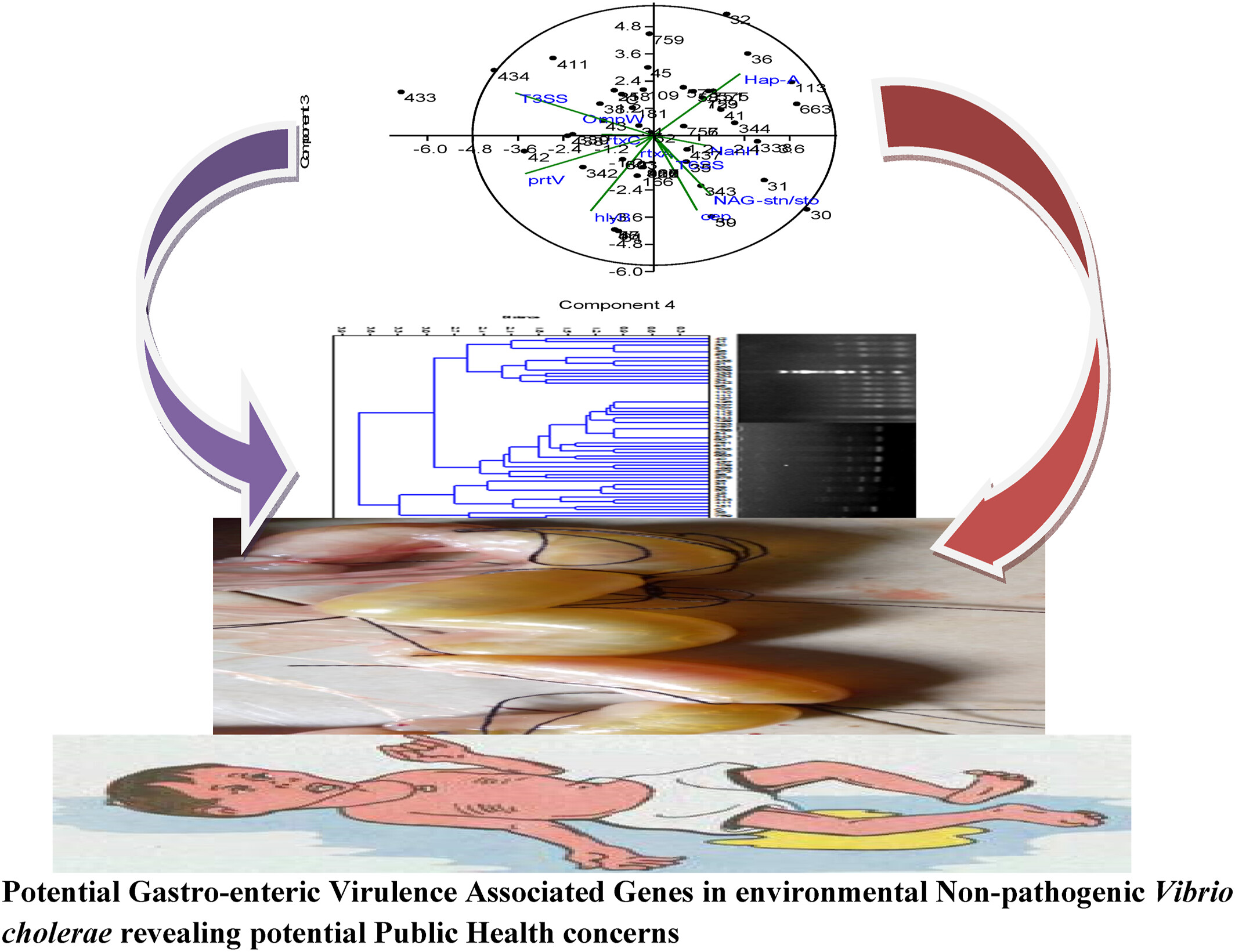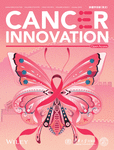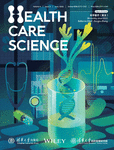Journal list menu
Export Citations
Download PDFs
ISSUE INFORMATION
ORIGINAL ARTICLE
Nodal staging score: A tool to quantify the number of lymph nodes for examination and predict survival in IB–IIA cervical cancer
- Pages: 323-335
- First Published: 14 December 2024
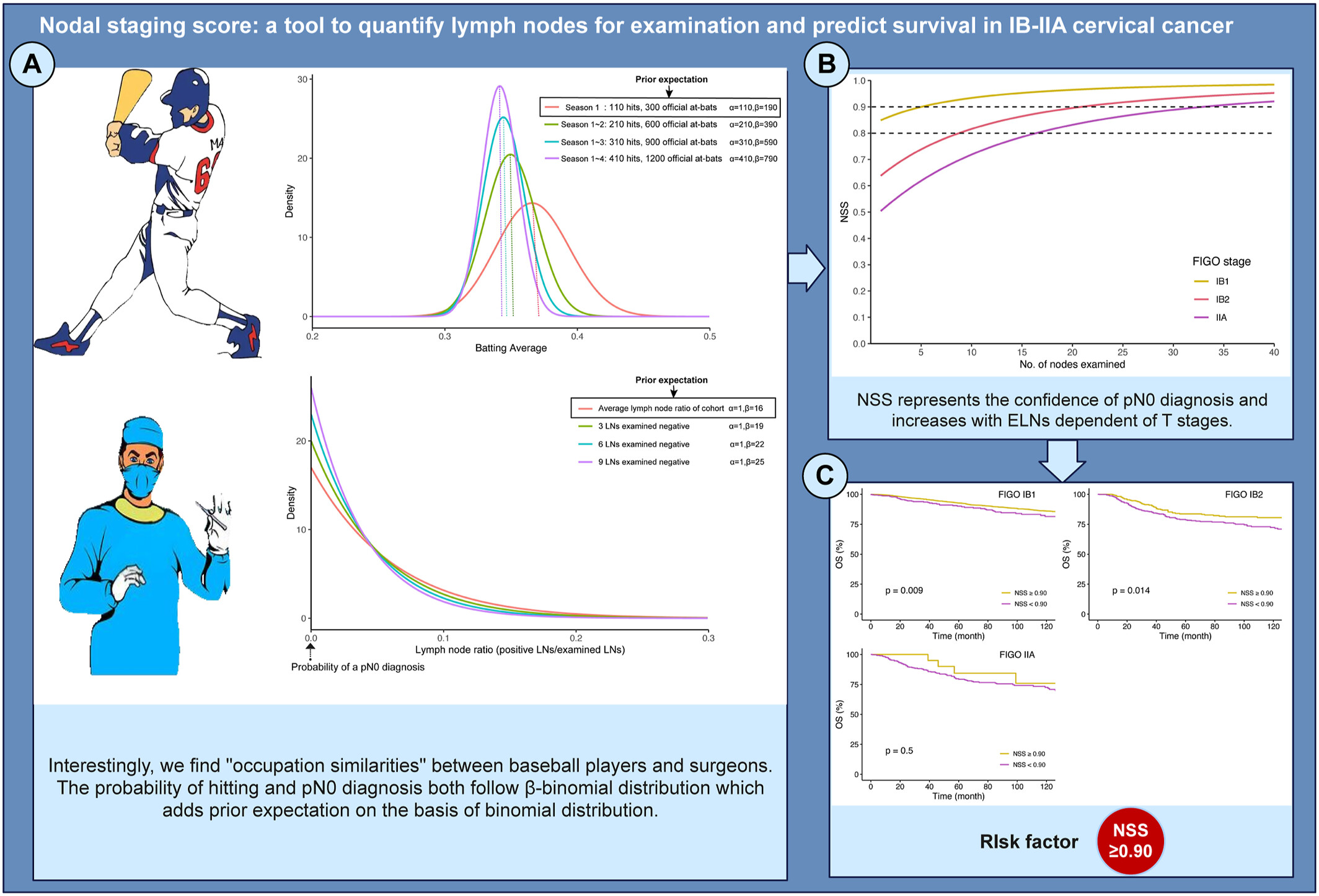
To our knowledge, this is the first report to make an accurate diagnosis of nodal invasion status and evaluate the minimum number of examined lymph nodes corresponding to different T stages for cervical cancer patients. Nodal staging score (NSS), as an auxiliary tool, could help surgeons to explore the real status of lymph node (LN) and assist the international federation of gynecology and obstetrics (FIGO) staging system to reflect tumor disseminating more correctly. It could also provide preoperative prediction of LN resection yields and postoperative evaluation for further clinical decision-making.
Development of a local nomogram-based scoring system for predicting overall survival in idiopathic pulmonary fibrosis: A rural appalachian experience
- Pages: 336-348
- First Published: 17 December 2024
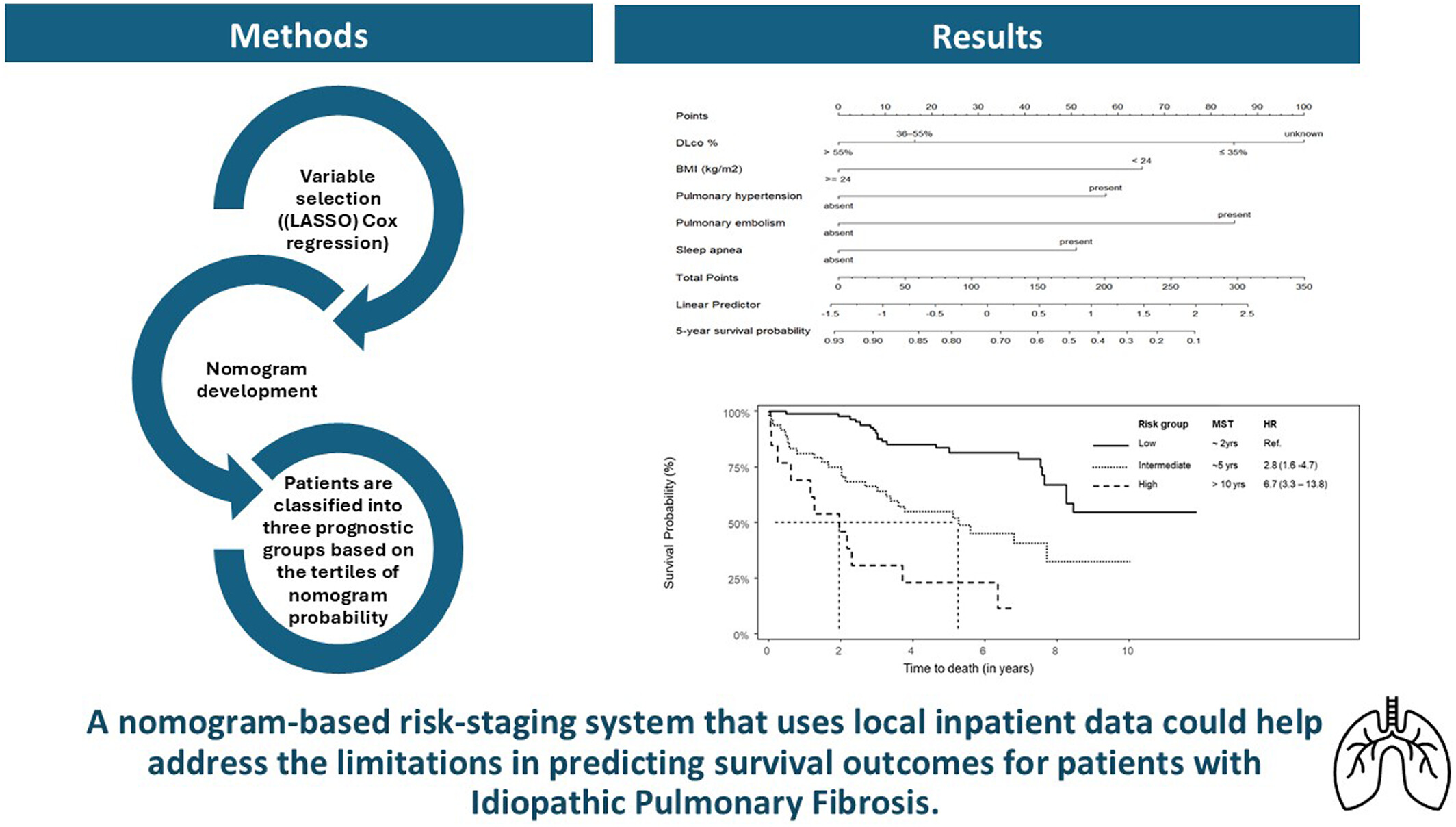
In our study, we developed a nomogram-based risk-staging system for idiopathic pulmonary fibrosis based on inpatient data from West Virginia University Medicine hospitals. We identified DLco%, body mass index (used as an indicator of malnutrition), pulmonary hypertension, pulmonary embolism, and sleep apnea as independent predictors of overall survival. Nomograms offer a reliable visualization of multivariable prognostic models.
Deep-HH: A deep learning-based high school student hidden hunger risk prediction system
- Pages: 349-360
- First Published: 11 December 2024
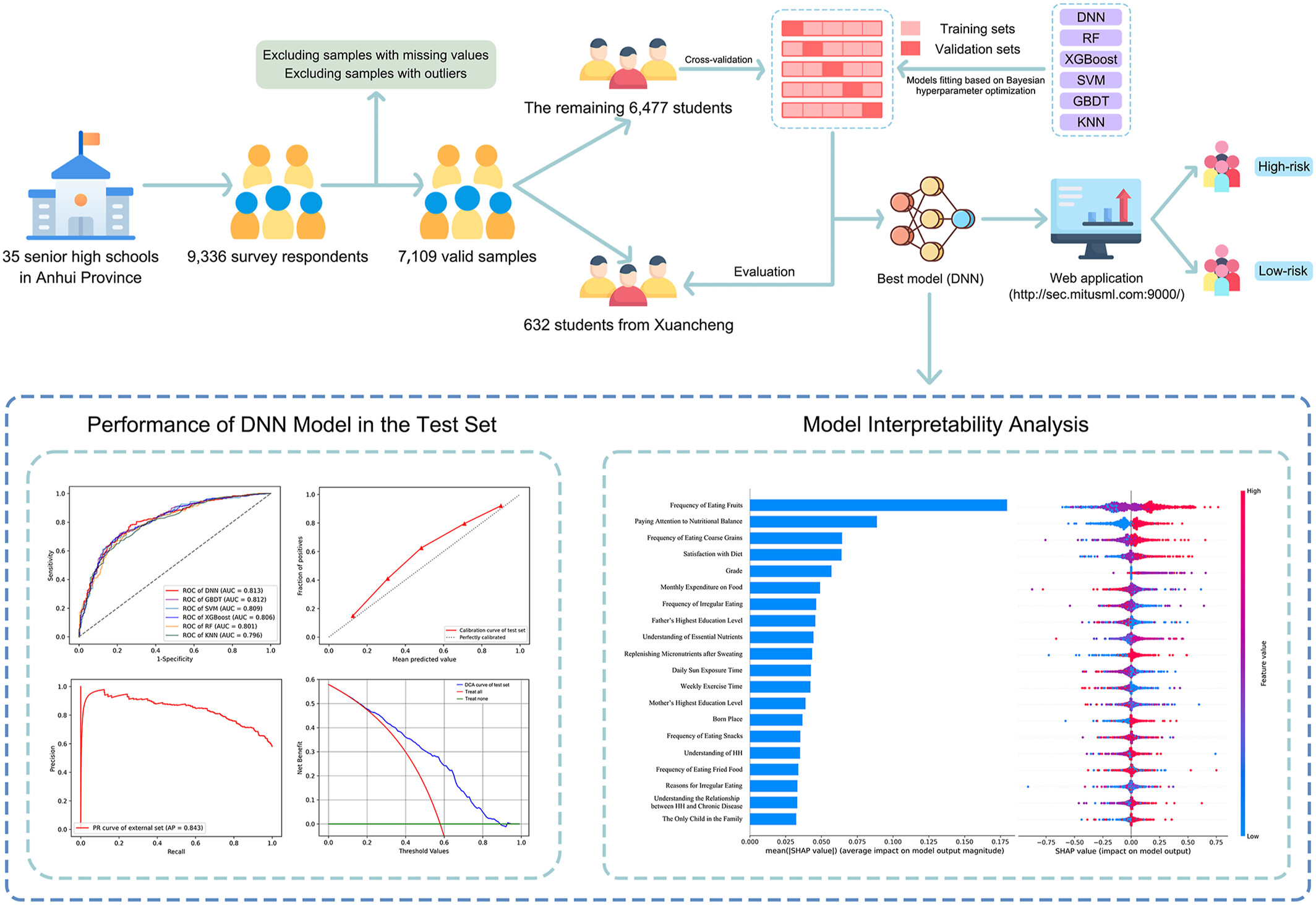
This study utilized a deep learning algorithm to accurately predict the risk of hidden hunger among high school students and developed an online platform to aid practical applications. Furthermore, the study revealed that regular consumption of fruits and coarse grains helps mitigate the risk of hidden hunger, whereas frequent intake of snacks and fried foods may elevate this risk.
Emergence and detection of gastro-enteric virulence genes in non-pathogenic Vibrio cholerae: Implications for public health and water safety in African developmental regions
- Pages: 361-374
- First Published: 11 December 2024
COMMENTARY
Clinical decision making: Evolving from the hypothetico-deductive model to knowledge-enhanced machine learning
- Pages: 375-379
- First Published: 16 December 2024
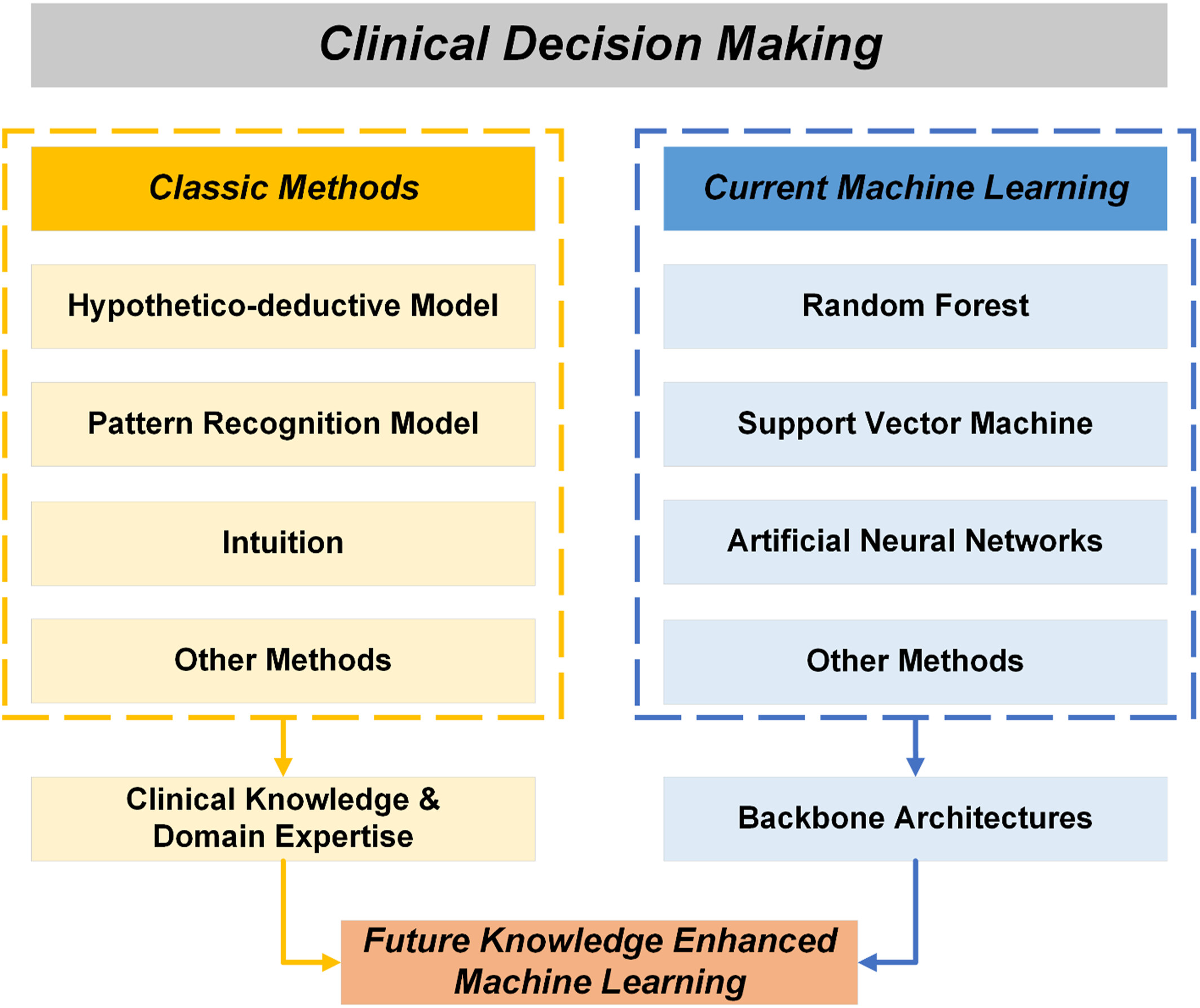
Knowledge-enhanced machine learning can be conceptualized as a fusion of clinical knowledge and domain expertise extracted from traditional clinical decision making methods alongside powerful machine learning architectures. Knowledge-enhanced machine learning significantly improves current machine learning methods in terms of interpretability, generalizability, accuracy, and equity.
The roadblocks to AI adoption in surgery: Data, real-time applications and ethics
- Pages: 380-383
- First Published: 08 December 2024
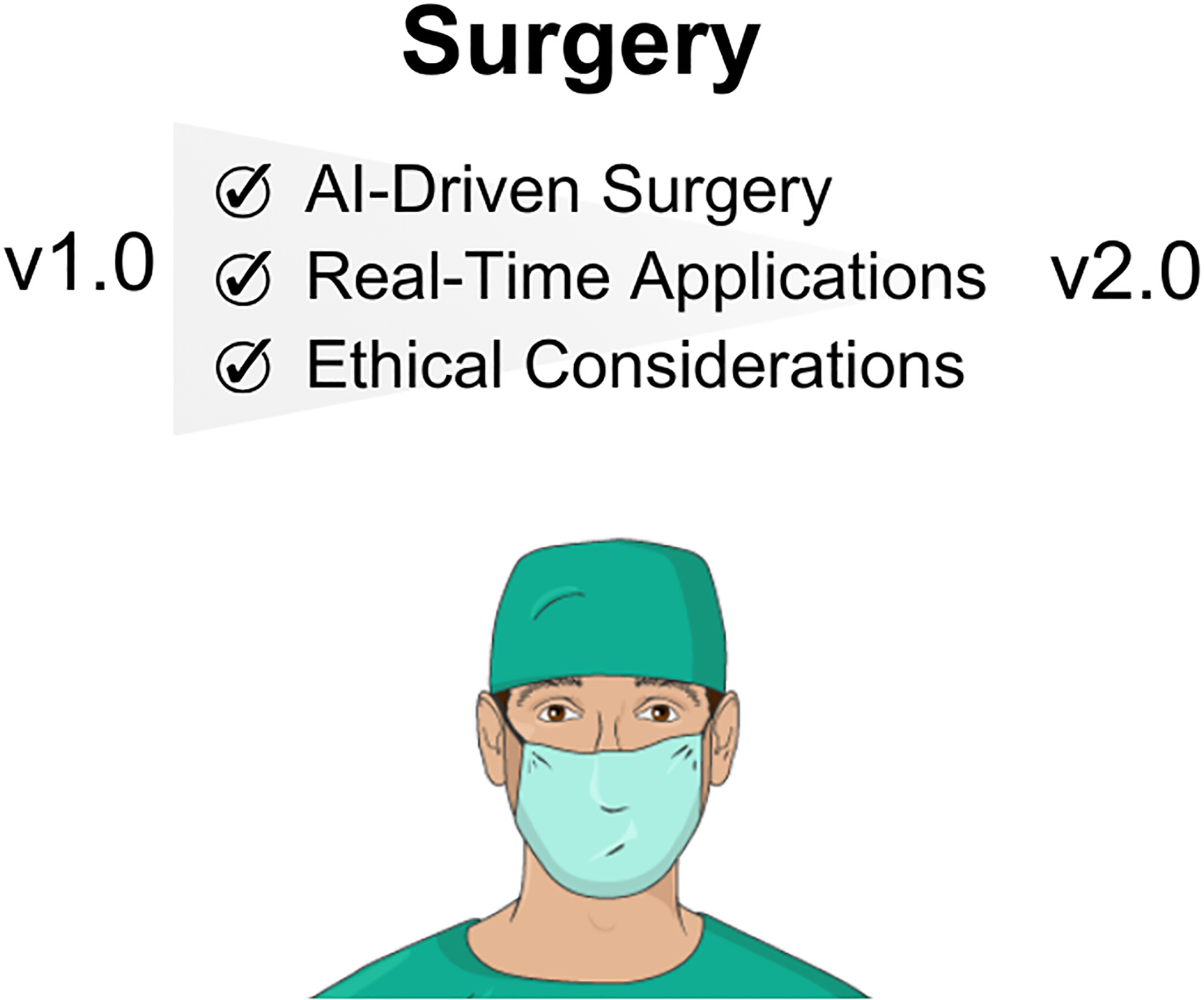
This paper explores the critical barriers to AI integration in surgery, focusing on challenges in data management, real-time application and ethics. It emphasizes the need for robust data-sharing frameworks, advancements in real-time processing capabilities and ethical guidelines to ensure responsible AI deployment.
PERSPECTIVE
Clinical profiles in autism spectrum disorder: Enhancing diagnosis, treatment, and overall health outcomes
- Pages: 384-401
- First Published: 17 December 2024
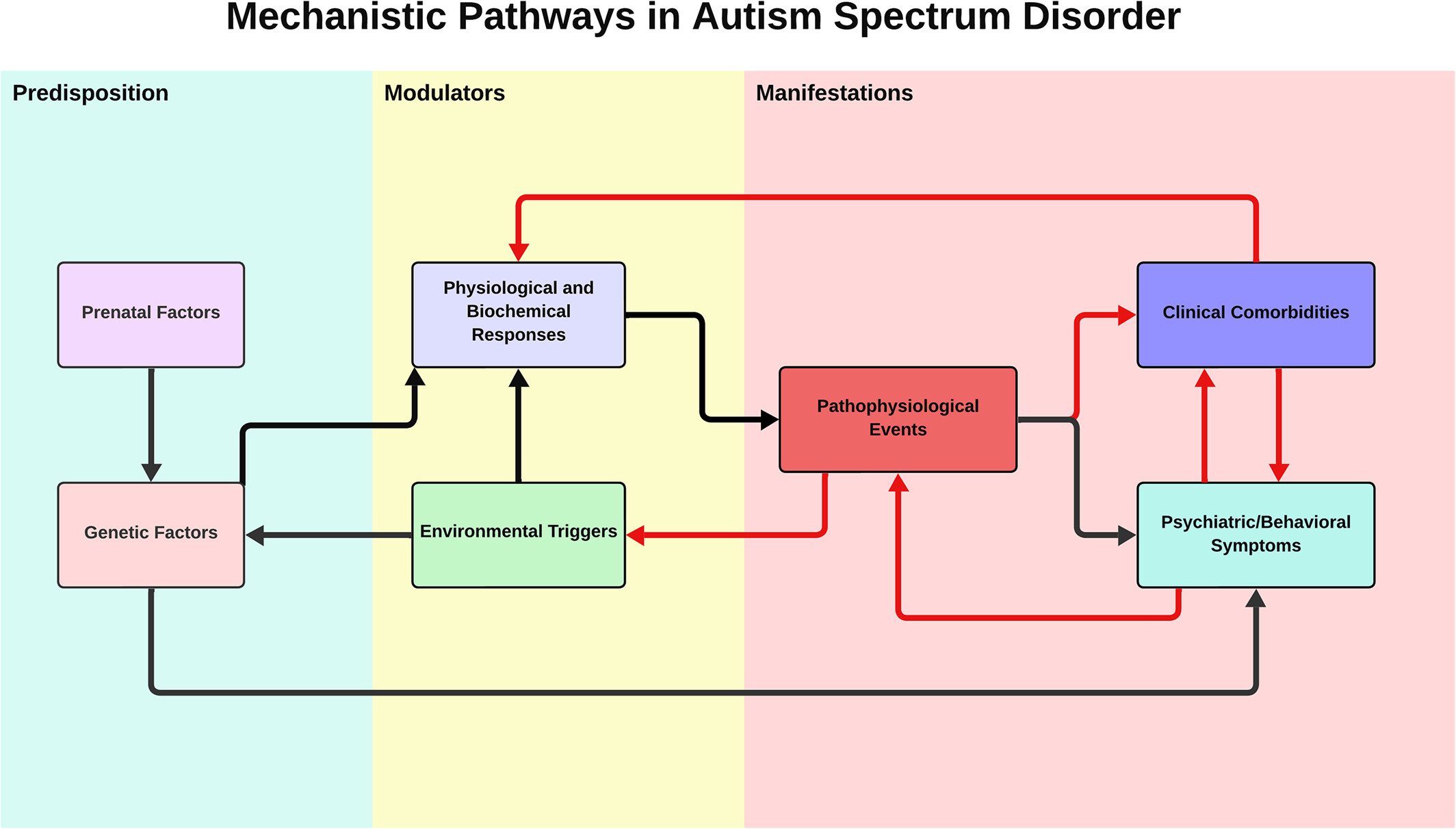
This study introduces a stratification model for autism spectrum disorder (ASD), delineating ASD into 10 clinical profiles based on comorbidities and biological mechanisms. Black arrows represent causal pathways between factors (e.g., genetic predispositions leading to physiological responses), while red arrows highlight feedback loops where manifestations exacerbate underlying mechanisms. By integrating precision medicine and behavioral insights, this approach enhances diagnostic accuracy and tailors interventions, addressing the heterogeneity of ASD and improving health outcomes.
CORRECTION
Correction to A prospective, randomized, multicenter, open-label trial comparing survival in subjects receiving peritoneal dialysis or conventional in-center hemodialysis
- Page: 402
- First Published: 29 October 2024
Correction to Treatment of lumbar intervertebral disc herniation using open spinal endoscopy: Techniques and clinical outcomes
- Page: 403
- First Published: 28 October 2024





